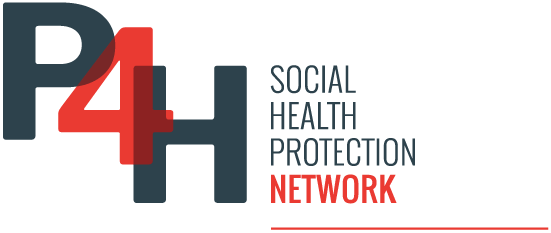Nepal is at a critical juncture in its journey toward universal health coverage (UHC), as it confronts the dual challenges of demographic shifts and a growing burden of non-communicable diseases (NCDs). These transitions are driving up out-of-pocket (OOP) healthcare spending and exposing systemic gaps in financial protection. In this context, the study Navigating Nepal’s health financing system undertakes a comprehensive scoping review to map the current status, challenges, and opportunities in Nepal’s health financing policies and programs. Using a framework-guided analysis of 148 sources, the research assesses how effectively Nepal’s financing structures support UHC across service, population, and financial coverage dimensions.
The findings reveal major inefficiencies, with fragmented social health protection schemes, limited population coverage under the National Health Insurance Program (NHIP), and high OOP spending—resulting in significant financial hardship for vulnerable groups. The study calls for structural reforms to improve risk pooling, boost domestic health investment, and ensure equitable and sustainable access to healthcare.

